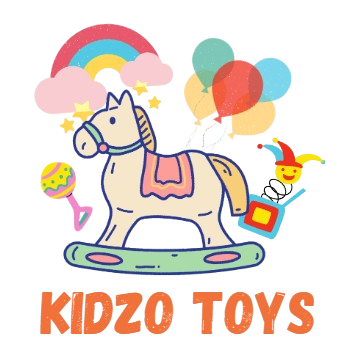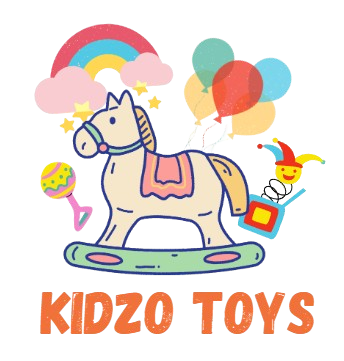Blog
Is The Toy Age-Appropriate And Safe For My Child’s Developmental Stage?
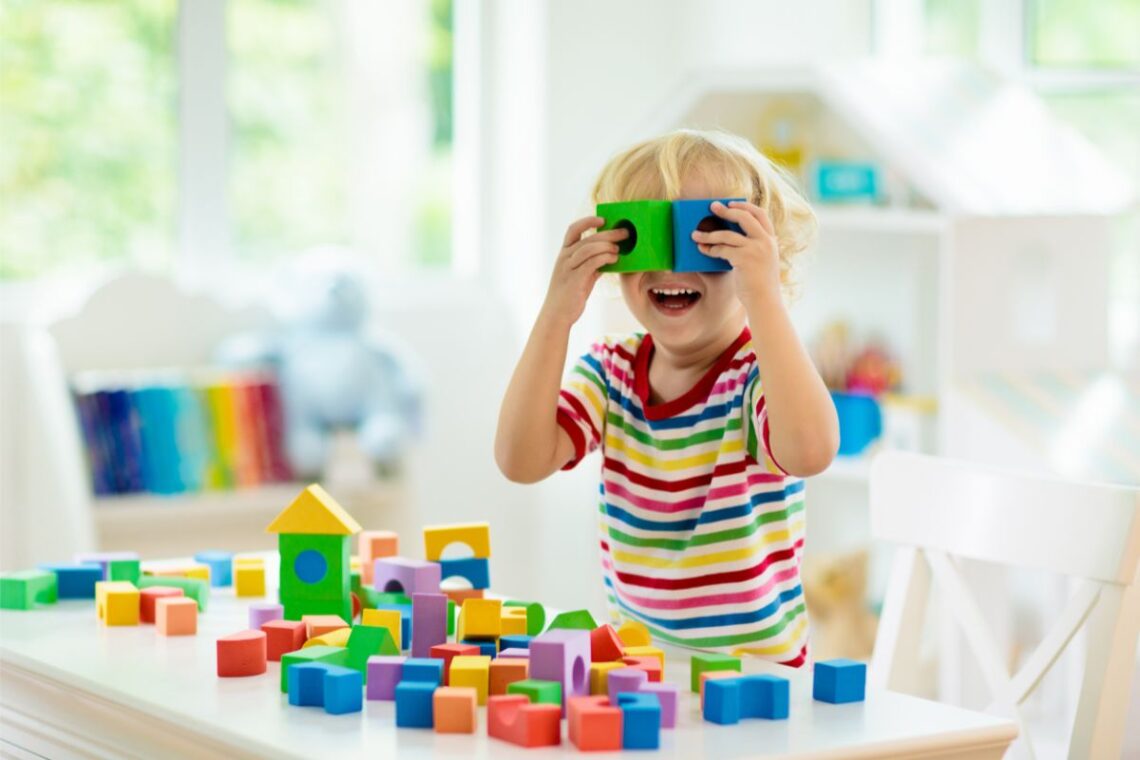
Introduction
Ensuring that a toy is age-appropriate and safe for your child’s developmental stage is one of the most important decisions parents can make during early childhood. Choosing the right toys goes beyond the excitement of bright colors or catchy music. It involves thoughtful consideration of a child’s cognitive, emotional, and physical development, alongside prioritizing safety to avoid harmful incidents. This blog explores how parents can assess age-appropriateness and safety in toys, providing a comprehensive view rooted in child psychology, developmental milestones, toy industry standards, and safety guidelines. Please visit this.
Understanding Child Development Stages And Their Relationship With Toys
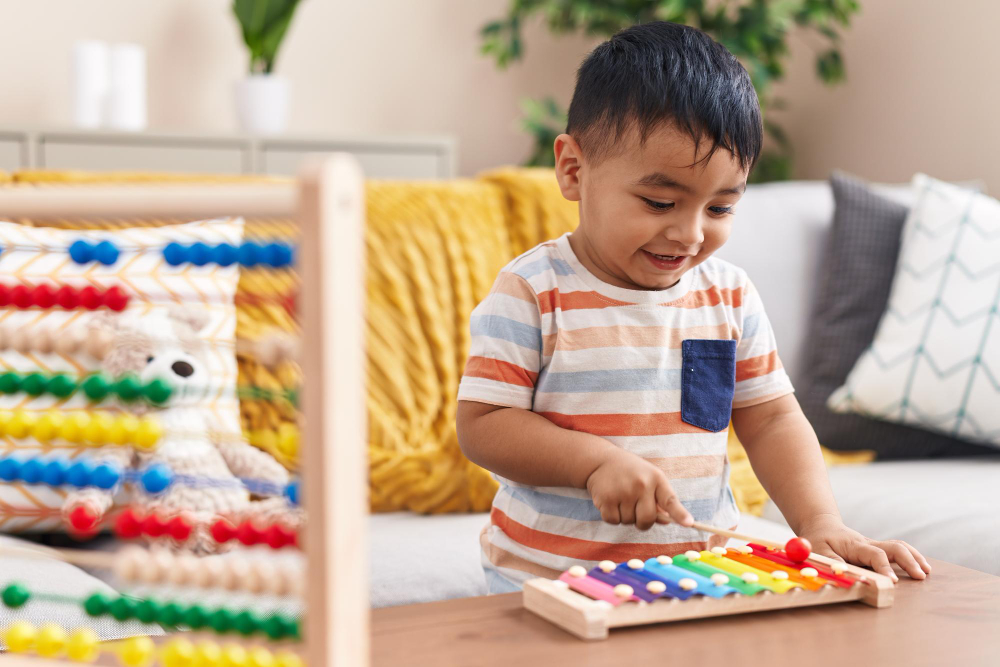
Child development is categorized into several stages: infancy, toddlerhood, preschool, early school years, and pre-adolescence. Each stage comes with specific cognitive and motor abilities, and toys should align with these capabilities to be effective and safe. Infants up to 12 months, for example, explore the world through their senses. Toys that stimulate sight, sound, and touch are ideal for this stage. However, these toys should be large enough not to pose a choking hazard and made of non-toxic materials. Toddlers between one to three years begin exploring independence and developing basic motor skills.
Toys should encourage movement and problem-solving but remain durable and safe from sharp edges or small detachable components. Preschoolers, typically three to five years old, engage in imaginative play. They benefit from toys that encourage creativity, language skills, and emotional expression, like dress-up kits and simple board games. Children aged six to eight begin to develop logical reasoning and can engage in more complex play with rules, so puzzles and STEM kits become appropriate. Pre-adolescents, up to age twelve, show more refined motor skills and can handle sports equipment, advanced board games, and craft kits, as long as they are supervised when using more intricate or potentially risky components.
Why Age Labels On Toys Matter More Than You Think?
Most toys come with age recommendations provided by manufacturers, often seen on packaging like “for ages 3+.” These age guidelines are not arbitrary; they are usually based on regulations and studies about typical developmental abilities at each age. Following these labels helps ensure that children can engage with the toy meaningfully and safely. For example, a toy meant for a five-year-old may have small parts that could easily be swallowed by a toddler. Likewise, giving a six-year-old a toy designed for a two-year-old could lead to disinterest and lack of developmental challenge. Parents should view these labels as a combination of safety guidance and developmental insight, using them as a starting point but also factoring in the unique needs and abilities of their own child.
The Role Of Motor Skill Development In Choosing The Right Toy
Motor skills evolve gradually, and toys can either support or hinder this progression. Fine motor skills, involving small movements like grasping a pencil or tying shoelaces, benefit from toys like building blocks, art supplies, and puzzles. On the other hand, gross motor skills—larger movements like running or jumping—can be enhanced through ride-on toys, balls, or climbing sets. Choosing toys that match a child’s current motor abilities helps ensure that playtime is both safe and growth-oriented. A toy that is too advanced might frustrate the child or cause them to misuse it in potentially dangerous ways. Conversely, toys that are too simplistic may not engage the child or challenge their development, possibly stalling skill acquisition.
Cognitive And Emotional Appropriateness In Toy Selection
Beyond physical capabilities, cognitive readiness is vital when evaluating toys. A toy that involves math concepts, for instance, should align with a child’s current learning phase. A six-year-old may benefit from a basic abacus, while a ten-year-old might prefer a more complex coding game. Emotional development should also be considered. Toys that introduce role-playing, storytelling, or nurturing (like dolls and action figures) help children express emotions, build empathy, and develop social skills. Children who are emotionally sensitive may find noisy or overstimulating toys stressful rather than enjoyable. Parents should observe their child’s reactions and adjust toy choices to suit their comfort and learning style. Thoughtful selection ensures that toys are not only entertaining but also aid in holistic emotional development.
Evaluating Toy Safety: Beyond The Obvious Hazards
Safety goes hand-in-hand with age-appropriateness. While choking hazards and sharp objects are common concerns, toy safety involves much more. Materials should be free from harmful chemicals like BPA, lead, or phthalates, especially in toys designed for infants who often put objects in their mouths. Parents should look for certifications like ASTM or CE, which confirm compliance with safety standards. Battery-operated toys must have secure compartments that children can’t easily open, as ingestion of button batteries can be fatal. Additionally, cords or strings on toys for infants should be minimal in length to prevent strangulation. Supervision also plays a key role, especially when children are transitioning into new stages and exploring more complex toys. Regular checks for wear and tear are also essential, as even a safe toy can become hazardous when broken.
How Overstimulation Can Be Detrimental To Young Children?
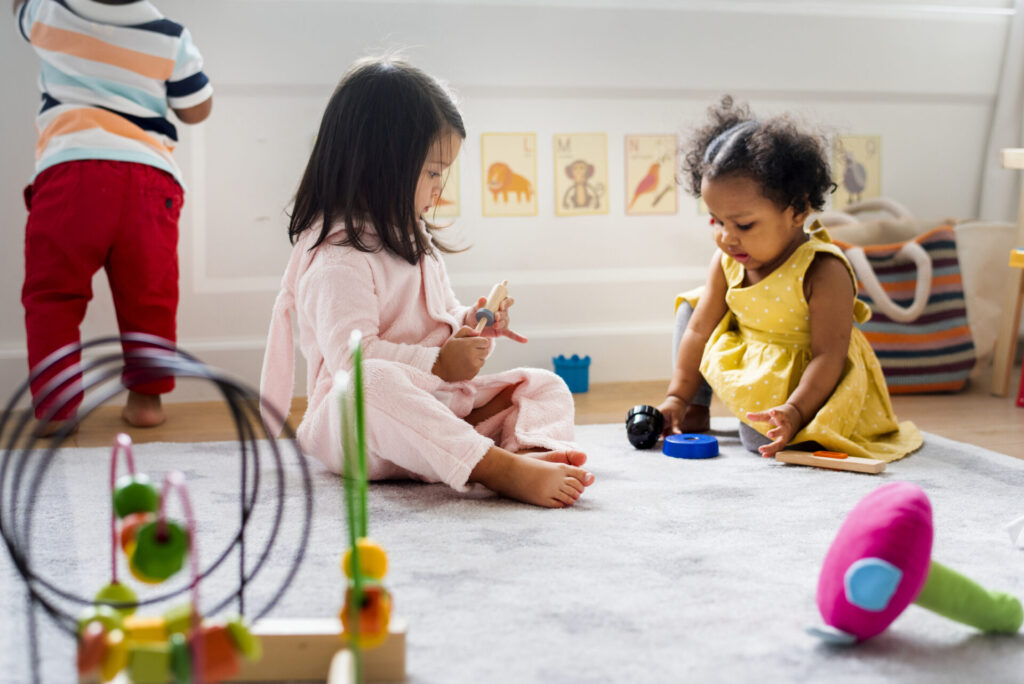
Toys with bright lights, loud sounds, and constant motion might seem exciting, but they can easily overwhelm young children, especially those under the age of three. Overstimulation can lead to increased irritability, trouble sleeping, and difficulty focusing. While interactive toys have their place, balance is necessary. Simpler toys like stacking rings, soft plush animals, or wooden puzzles promote more focused engagement without overwhelming the senses. Parents should observe how their child responds to various toys. If a child becomes distressed or hyperactive when playing with a toy, it might be a sign that it is not suitable for their sensory threshold.
Understanding Your Child’s Interests And Personality In Toy Choices
Not every child fits neatly into age categories or standard developmental expectations. Some may have advanced verbal skills but delayed motor skills, or vice versa. Children with neurodivergent conditions may require specially designed toys that accommodate sensory sensitivities or focus issues. Understanding a child’s interests and personality helps parents go beyond general guidelines to select toys that genuinely engage and support growth. For instance, a quiet, introspective child may thrive with solitary creative activities like painting or building, while a socially active child might benefit from group-oriented games and role-playing sets. Tailoring toy choices to these individual traits helps avoid mismatches that could result in boredom or frustration.
Parental Involvement And Supervision In Toy Usage
The safest and most developmentally beneficial toy can only serve its purpose with proper parental involvement. Parents should not only supervise play to ensure safety but also participate in it to encourage learning and emotional bonding. Co-play allows adults to model how toys are used, explain concepts, and create an environment where the child feels secure and supported. This is especially important with toys that are educational or involve strategy. When a child gets stuck or misuses a toy, parental guidance can redirect their efforts in a positive direction. Furthermore, this interaction helps parents notice developmental changes and adapt toy selection accordingly.
The Dangers Of Toy Imitations And How To Identify Quality
Imitation toys, often sold at lower prices and lacking proper labeling, can be extremely hazardous. These toys may look identical to name-brand products but are typically made from inferior materials and often fail to meet safety regulations. Signs of poor quality include loose parts, sharp edges, unsealed battery compartments, and lack of manufacturer information. Always purchase toys from reputable retailers and check for safety certifications. Investing a bit more in quality toys may save medical bills, emotional distress, and the risk of long-term injury. Counterfeit toys are especially risky for infants and toddlers who explore the world orally and are more susceptible to toxicity and physical harm.
The Importance Of Toy Rotation For Development And Engagement
Having too many toys available at once can lead to overstimulation and reduce the effectiveness of play. Implementing a toy rotation system ensures that children remain engaged and benefit from a variety of learning experiences over time. By periodically introducing and removing toys, parents can observe which items hold their child’s interest and support current developmental goals. Rotated toys feel “new” even if the child has used them before, promoting deeper engagement and imagination. It also helps parents evaluate which toys are truly beneficial and which can be passed on or discarded due to lack of interest or emerging safety concerns.
Cultural Sensitivity And Representation In Toy Selection
Toys play a significant role in shaping a child’s worldview. Choosing toys that represent diverse cultures, abilities, and identities supports inclusive thinking from a young age. Dolls, action figures, books, and games that feature characters from varied backgrounds encourage empathy and self-esteem, particularly when children see themselves reflected positively in play. Avoiding toys that promote stereotypes or biased narratives is equally important. Age-appropriateness must also extend to the cultural and emotional themes toys represent. Children absorb messages quickly, and the toys they play with can influence how they perceive others and themselves well into adulthood.
Environmentally Conscious Toy Choices And Their Impact
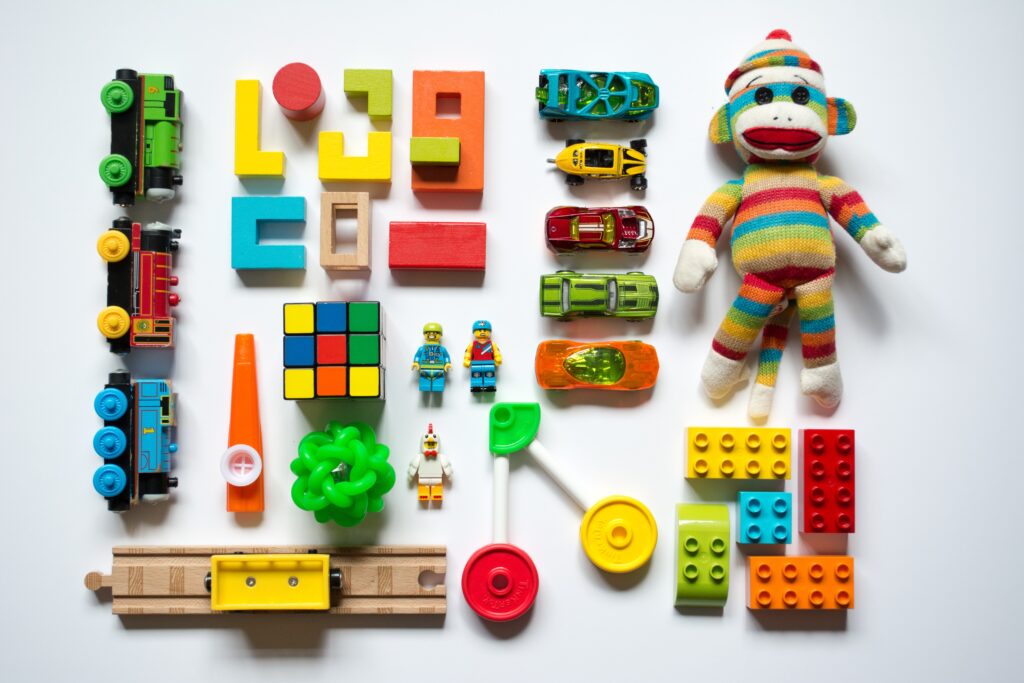
In an age of growing environmental awareness, many parents are choosing sustainable toys made from wood, organic fabrics, or recycled plastic. These toys often feature minimalist design, reducing the risk of overstimulation while also promoting imaginative play. More importantly, they reflect a broader ethic of responsibility that children can internalize over time. When choosing such toys, parents should ensure they are finished with non-toxic dyes and tested for safety. While these toys may cost more initially, their durability, safety, and developmental advantages often make them worthwhile investments.
When To Reevaluate Your Child’s Toy Collection?
As children grow and develop new skills, their toy needs shift. Every few months, parents should assess the toy collection to determine what should be replaced, removed, or introduced. Toys that are no longer safe, age-appropriate, or engaging should be rotated out. Children’s feedback is important here; if they consistently ignore a toy or misuse it, it’s time to reconsider its place. Periodic evaluation also provides an opportunity to introduce toys that reflect current developmental milestones, educational interests, or emotional needs.
Conclusion
Selecting toys that are both age-appropriate and safe for your child’s developmental stage is a continuous, evolving responsibility. It requires awareness of developmental milestones, attention to safety standards, and a deep understanding of your child’s individual interests and personality. A toy is not just an object of play but a tool for growth, exploration, and learning. Prioritizing age suitability and safety ensures that this tool supports your child’s journey through each important stage of life with joy and confidence.
